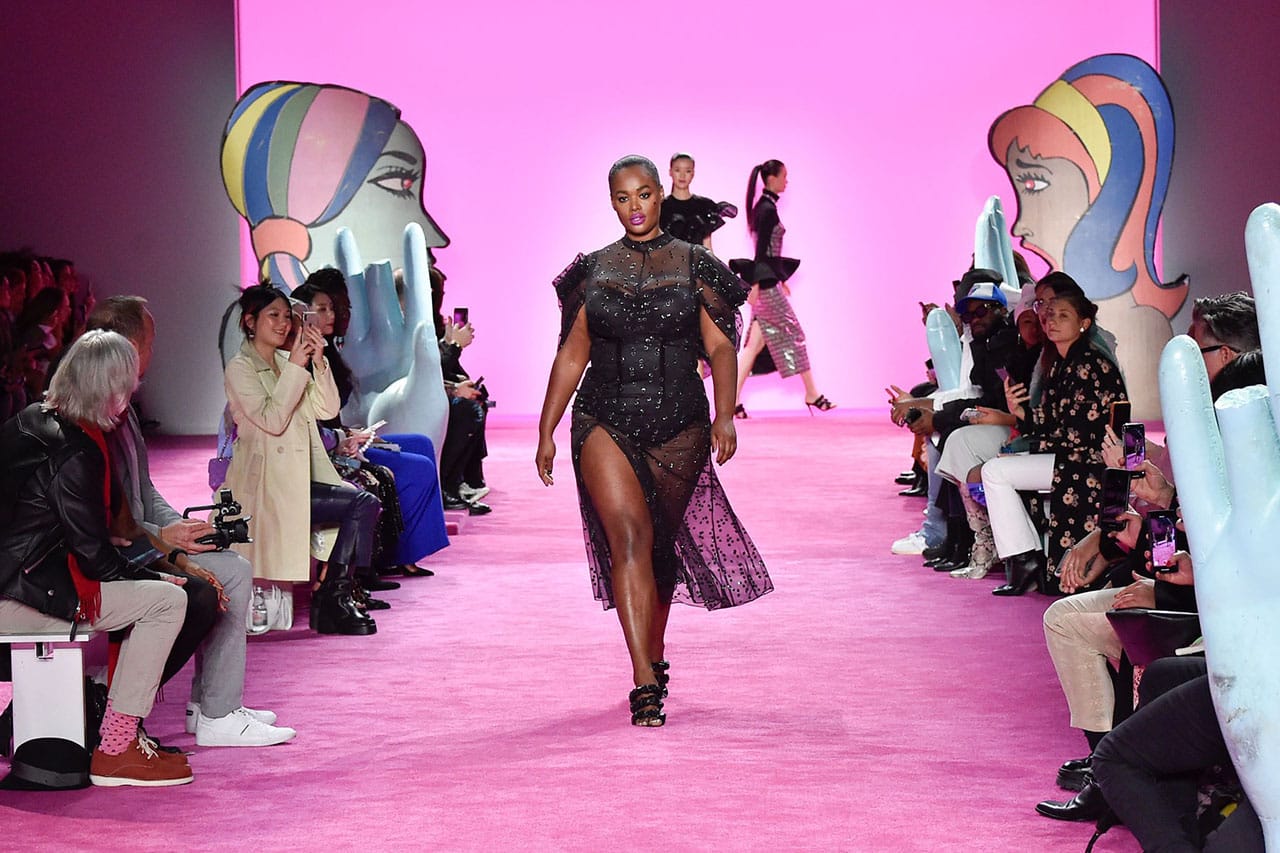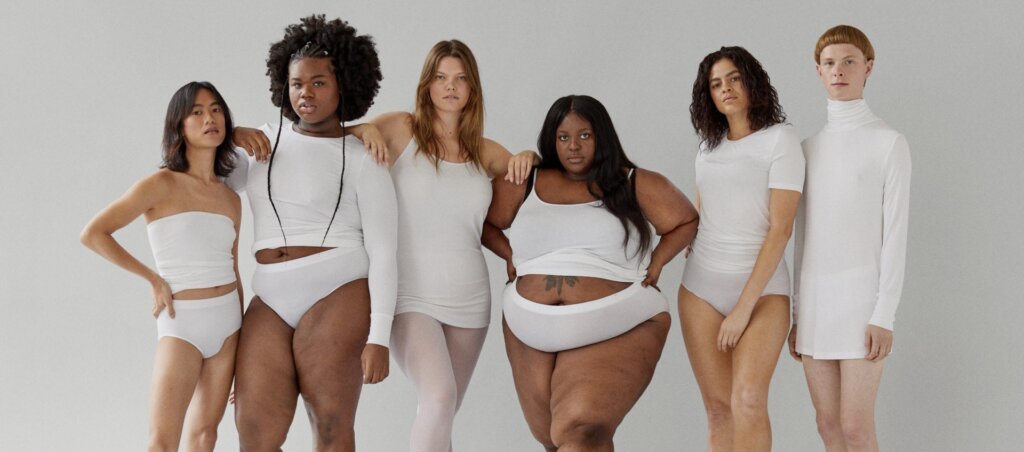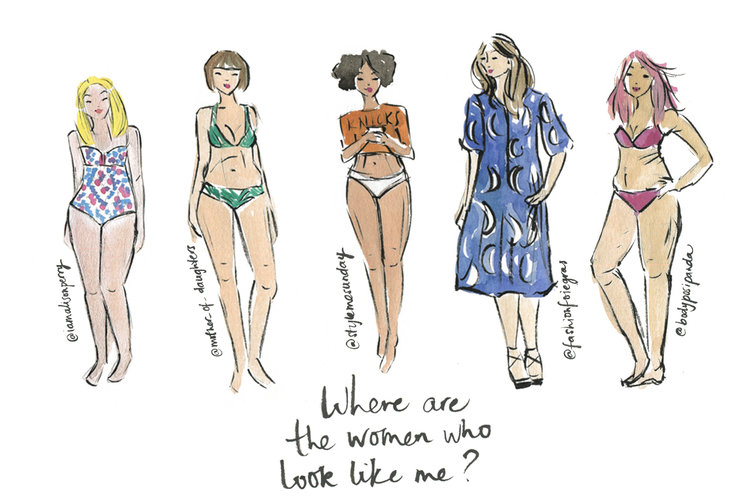Fashion advertising has long been criticized for its limited portrayal of beauty and body standards, which perpetuates unrealistic expectations that can harm people’s self-esteem and body image. However, in recent years, there has been an increasing demand for greater inclusivity and diversity in fashion advertising, challenging stereotypes and redefining beauty standards to better reflect the wide variety of bodies and identities in society. Let’s look at the relevance of body diversity in fashion advertising, particularly for college audiences, as well as the steps being taken to increase inclusive representation in the industry.
Stereotypes have a significant impact on fashion advertising, shaping public perceptions of beauty, attractiveness, and worth. Traditional fashion advertising frequently promotes confined beauty standards by showcasing models who conform to conventional ideals of thinness, youth, and able-bodiedness. This narrow depiction excludes the great majority of people who do not fit into these preconceived molds, instilling emotions of inadequacy and inferiority in those who do not see themselves reflected in these representations.
Furthermore, the reinforcement of these stereotypes contributes to systemic inequalities in the fashion business, marginalizing disadvantaged communities and maintaining damaging beauty standards. As a result, the widespread use of stereotypes in fashion advertising can have far-reaching consequences, contributing to low self-esteem, body dysmorphia, and mental health difficulties among customers, particularly college students who are prone to societal pressures and expectations. As a result, challenging these preconceived notions and encouraging more varied and inclusive representations in fashion advertising is critical to establishing a more fair and empowered fashion scene for all people.
Redefining Beauty Standards
In recent years, the fashion industry has seen a shift towards redefining beauty standards, with an increasing number of brands including diversity and inclusivity in their marketing campaigns. This movement reflects a considerable break from previous monotonous portrayals of beauty, challenging the conventional notion that a limited set of physical characteristics defines beauty. These advertisements, which feature models of various sizes, races, ages, and abilities, emphasize the inherent beauty and worth of all people, regardless of their looks. Furthermore, they convey a powerful message of acceptance and tolerance, encouraging consumers to embrace their individual identities while rejecting society’s unattainable beauty standards.
For college audiences, representation in fashion advertising is essential as they navigate the complexity of identity and self-expression. College students are at a turning point in their lives, as they explore and find their personal identities and beliefs. Seeing themselves in fashion ads confirms their experiences and identities, instilling a sense of belonging and acceptance. Exposure to different representations challenges students’ preconceived conceptions of beauty and encourages them to embrace their own distinct identities and body types. This empowerment through representation allows college students to cultivate a healthy self-image and confidently express themselves honestly, both on and off campus.
Inclusive portrayal in fashion advertising not only promotes diversity but also supports body positivity and self-acceptance among college students. Fashion companies send a strong message that beauty comes in all forms and that there is no one-size concept of attractiveness by featuring models of various sizes, shapes, and abilities. This can help battle negative body image concerns while also promoting a more open and welcoming atmosphere on college campuses, where individuals feel empowered to love their bodies and celebrate their individuality.
The Role of College Students in Driving Change
College students are a powerful force for change in the fashion industry. As a socially conscious group, they understand the value of representation and inclusion in advertising. College students can use social media activism, campus organizations, and consumer advocacy to strengthen their voices and hold corporations accountable for their advertising tactics. College students may have a huge impact on the fashion industry by supporting firms whose campaigns prioritize diversity and inclusivity and boycotting those that propagate negative stereotypes. Furthermore, as future leaders and influencers, college students can help define the future of fashion advertising by lobbying for increased diversity, representation, and inclusivity.
Fashion advertising has the ability to influence people’s views of beauty and identity, influencing how they view themselves and others. Representation in fashion advertising is especially important for college audiences who are grappling with issues of identity and self-expression. Fashion firms may design advertisements that engage with college students by embracing diversity and addressing preconceptions, such as body positivity, self-acceptance, and inclusivity. As college audiences want more diverse and inclusive representation in fashion advertising, corporations have an opportunity to pave the path for a more equitable and empowered future for everyone.



























